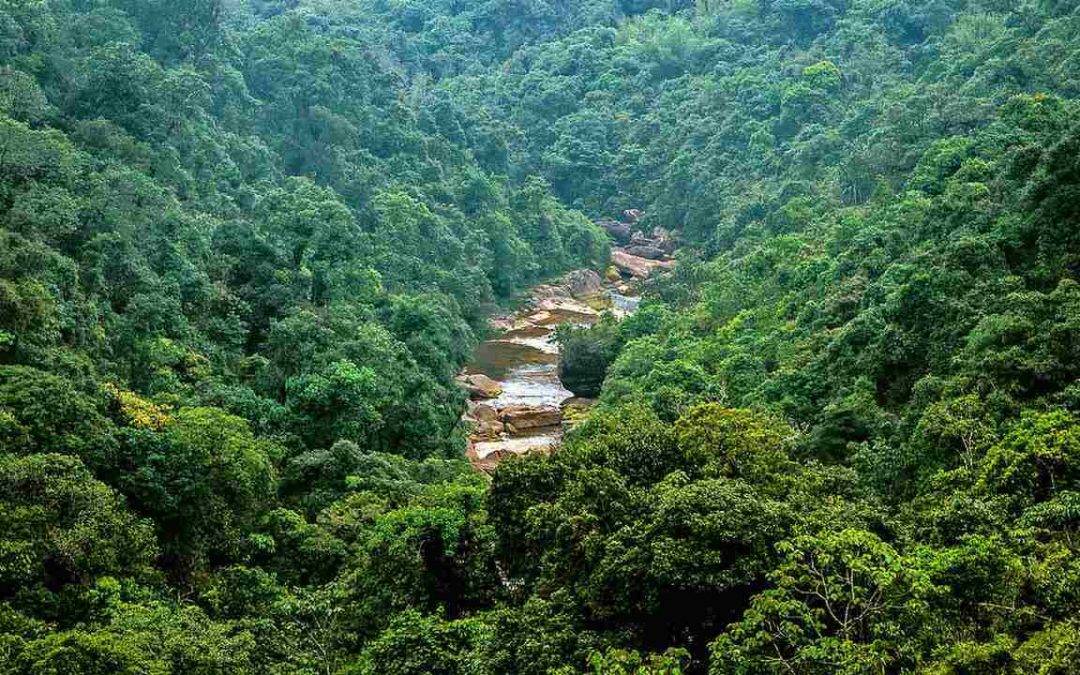DEHRADUN: The latest India State of Forest Report (ISFR), which assesses the state of the country’s green cover, has revealed a worrying decline in forest cover across eight mountain states between 2021 and 2023, with several northeastern states prominently affected.
Among the states showing a reduction in forest cover, Tripura recorded the largest loss at 95.3 sq km, followed by Arunachal Pradesh (-91 sq km), Assam (-79 sq km), Manipur (-54.8 sq km), Nagaland (-51.9 sq km), Meghalaya (-30 sq km), Uttarakhand (-22 sq km), and West Bengal (-2.4 sq km). In Uttarakhand, the 22.9 sq km loss in forest cover includes regions like Corbett, Rajaji, and Kedarnath forest divisions, as well as 21 other forest divisions that saw a decrease in the past two years.
The ISFR, compiled by the Dehradun-based Forest Survey of India, highlights the crucial role that forests in hill regions play. The report states: “Forests in mountain areas act as natural barriers to soil erosion and landslides, with their root systems helping bind the soil. They also support biodiversity, sustain water sources, regulate microclimates, and are integral to local livelihoods and traditions.”
Shekhar Pathak, a Kumaon-based historian, environmentalist, and Padma Shri awardee, spoke to TOI about the legal framework intended to protect these vital ecosystems. “The Forest Policy of 1952 and the Forest (Conservation) Act of 1980 mandated that mountain states should maintain at least 66% forest cover, while other states should aim for 33%. However, these regulations have been diluted over time, leading to significant deforestation in ecologically sensitive mountain regions.”
Pathak warned of the increasing fragility of ecosystems in the Himalayas and Western Ghats. “These regions are particularly vulnerable to the effects of climate change, rapid urbanization, and natural calamities. Urban landslides have become a new phenomenon, impacting cities like Shimla, Nainital, Darjeeling, and Gangtok,” he added.
He further cautioned that the entire forest belt from Kashmir to Mizoram is uniquely sensitive, with fragile geological and tectonic characteristics. “This belt supports diverse climatic zones and ecosystems that rely on healthy forests, and these areas urgently need protection from deforestation,” Pathak said.
While the report paints a grim picture for many mountain regions, there is a silver lining. Some areas in Himalayan and coastal states have seen an increase in forest cover, with a net gain of 234 sq km across certain districts. States that registered forest cover gains include Mizoram (+241.7 sq km), Jammu & Kashmir (+83.5 sq km), Himachal Pradesh (+54.7 sq km), and Karnataka (+54.68 sq km).
The biennial report analyzed the forest cover across 172 mountain districts in 17 states and Union Territories, shedding light on both the challenges and successes in forest conservation across India’s diverse landscapes.






